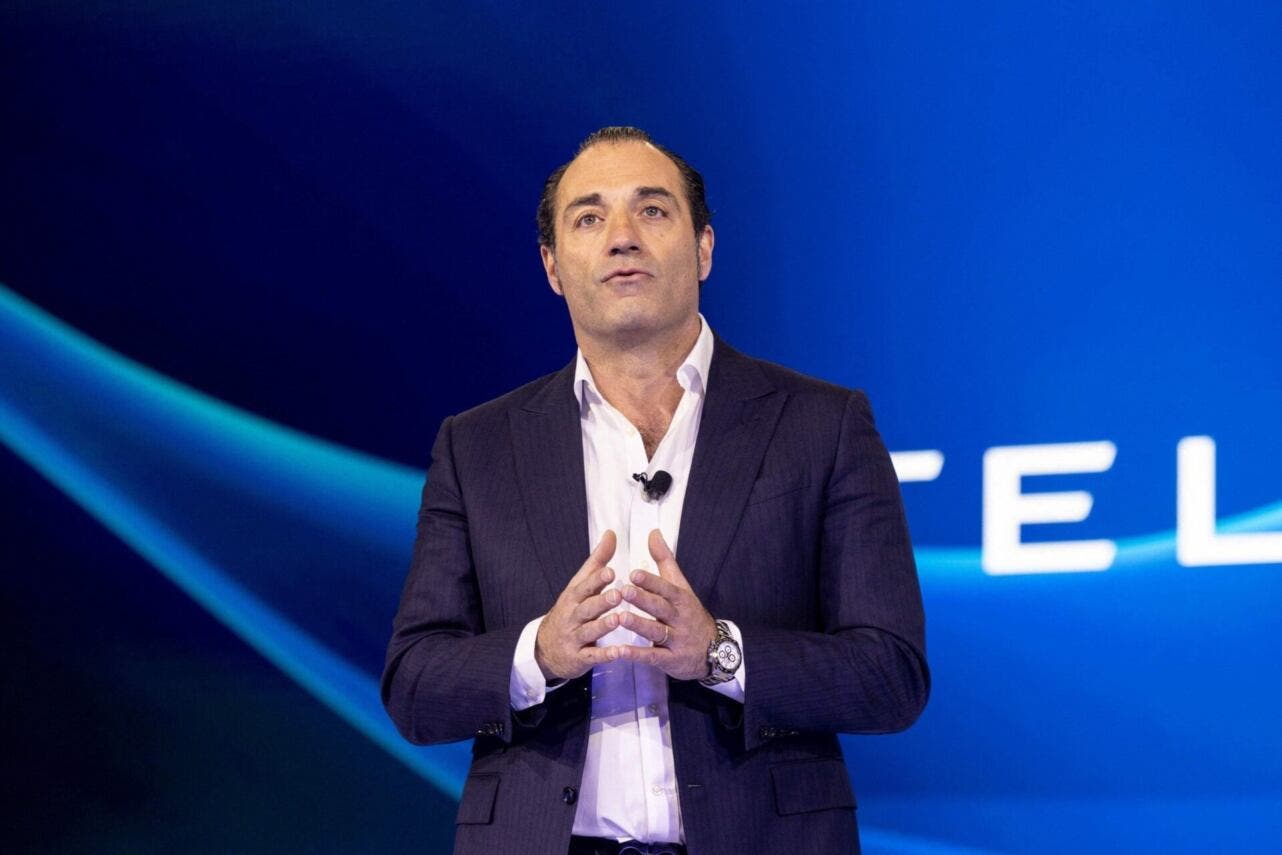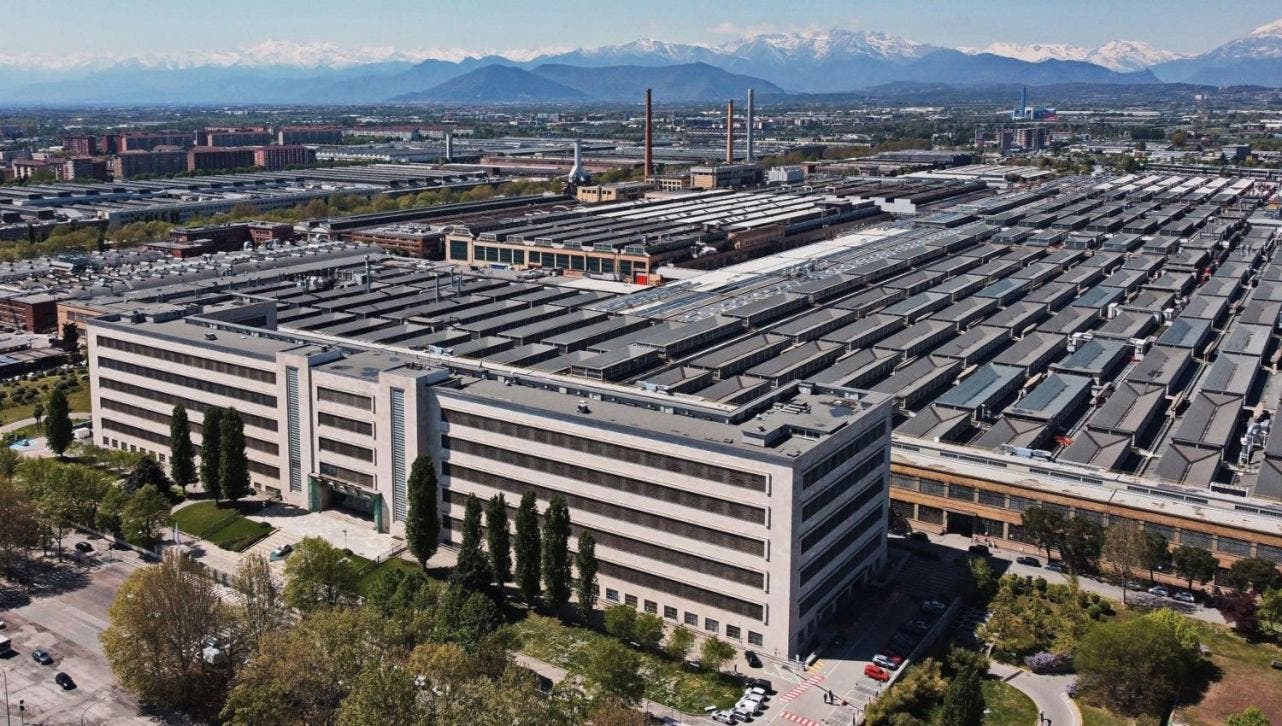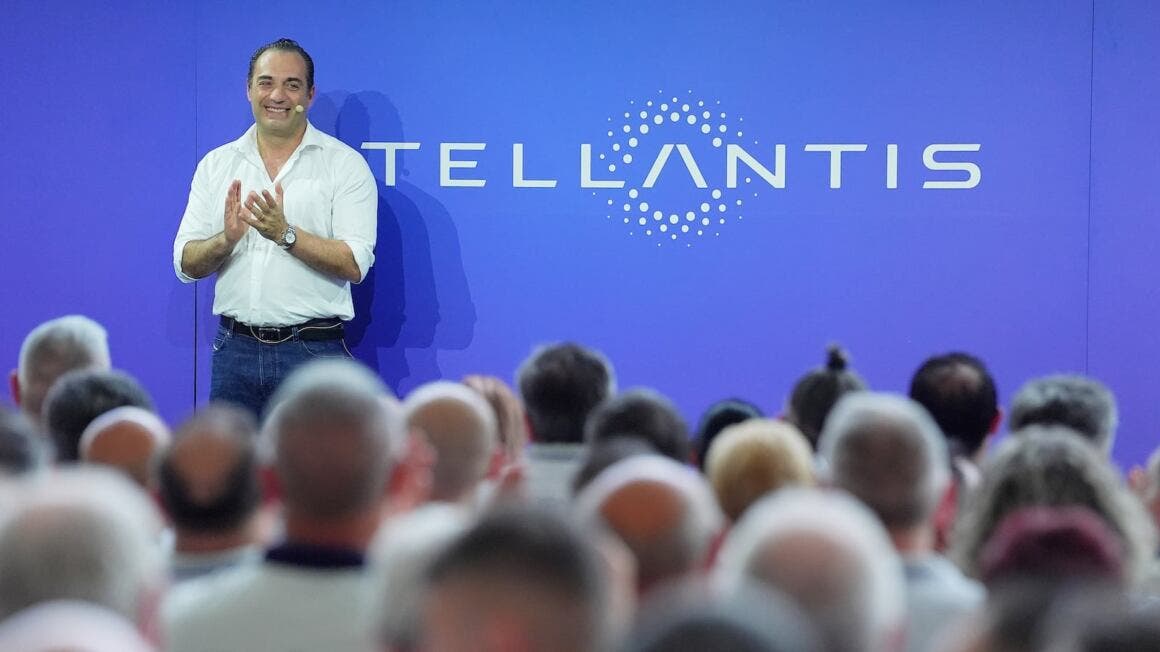Stellantis CEO Antonio Filosa met with Italian unions in Mirafiori to ask for their support in a battle he defines as crucial: modifying European rules on cars. His goal is to obtain more realistic and flexible regulations to revive production and defend the European automotive industry. In other words, stop the ban on combustion engines from 2035 and revise the system of super fines already planned from 2025 for manufacturers that do not meet environmental targets.
Stellantis chief urges Italian unions to back fight against EU 2035 combustion engine ban

According to Filosa, the current regulatory framework does not reflect market reality or companies’ production difficulties. For this reason, Stellantis is working together with ACEA (the European manufacturers’ association) and the European Commission to introduce a more balanced vision, capable of reconciling sustainability and competitiveness.
“To succeed requires the contribution of all stakeholders, starting with Italian trade union organizations. In Italy we have an important project, the Italy Plan, which represents the group’s industrial heart,” Filosa stated. The CEO emphasized how the deadlines imposed by Brussels have disrupted supply and demand, compressing margins and slowing the transition. “We must change the rules to offer customers the entire range of vehicles they want and can afford. Only then can we revive production.”
Filosa reiterated some priorities for the future: technological neutrality, incentives for vehicle fleet renewal, support for the small car segment and revision of targets for commercial vehicles, judged unattainable today.
The manager then confirmed that the industrial plan is proceeding on schedule. In November, production of the new hybrid Fiat 500 will begin in Mirafiori, while in the coming weeks production of the new Jeep Compass will start in Melfi. To support hybrid 500 production, the Turin plant will hire 400 workers and introduce a second shift starting in February 2026. “It’s not enough,” Filosa admitted, “but it’s the maximum possible under current conditions. That’s why we must intervene together on regulation.”
The CEO wanted to reiterate “firmly” Stellantis‘ commitment to Italy, “a country at the center of our strategic vision. The Italy Plan“, he said, “remains solid and confirmed.”

Unions, for their part, are asking for the assignment of a second model to Mirafiori to ensure full employment and long-term stability. The industrial future, however, will also depend on decisions the European Union will make in the coming months: more flexible rules in the United States have in fact favored Stellantis‘ mega investments overseas, where the regulatory context supports industry rather than focusing exclusively on electric.
In Cassino, meanwhile, the transition to the STLA Large platform is almost at a standstill, due to the decision to accompany the new electric Alfa Romeos with hybrid versions as well, with consequent postponement of launches to 2027. On the Termoli Gigafactory front, the ACC consortium has not yet defined its investment plans for Italy, and a decision is expected by the end of 2025. A complicated context, aggravated by the flop of electric car sales in Europe, which makes the realization of the battery factory an even more uncertain challenge.
The Maserati dossier also remains open, now under the responsibility of Jean-Philippe Imparato, called upon to revive the Trident brand in a premium market in full transformation.
